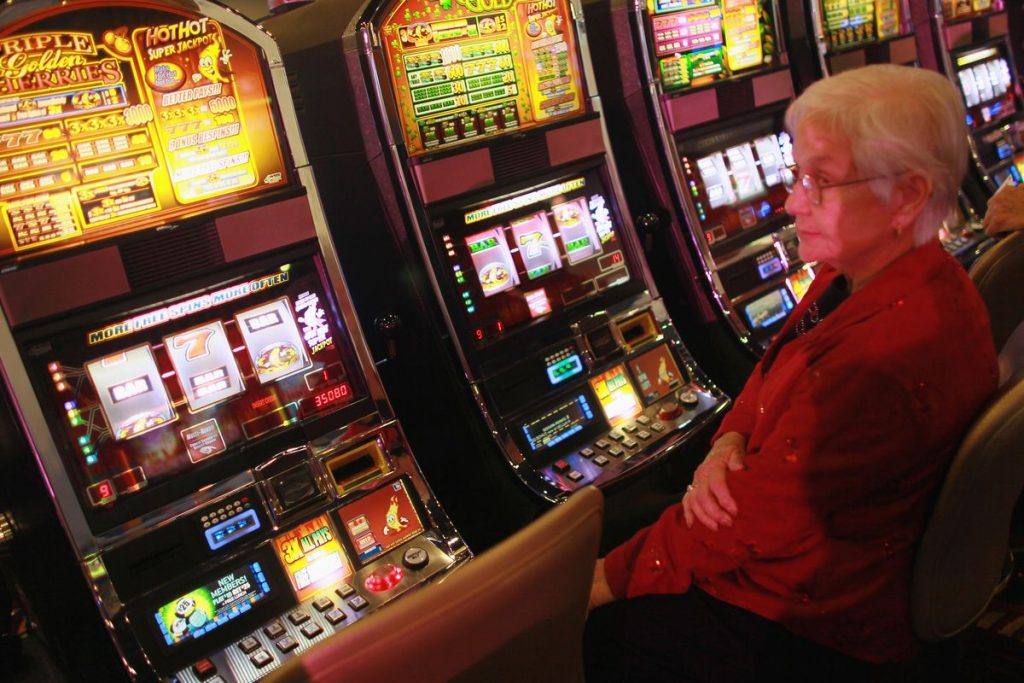Increasingly, technological advances are making multi-dimensional experiences out of slot games, thanks to the wonders of virtual reality and especially artificial intelligence (AI).
These are the gamification trend; the social integration and team-building of gamers; and the use of virtual chat systems and leader-boards so they can interact socially in the background (thereby enriching the gaming experience) with other gamers at the same time as playing.
User experience
Slot gaming is one of the most successful online entertainment formats. It is nowadays an extremely complex technical ecosystem fueling a multibillion dollar industry with games offering the best entertainment possible. Slots are an application that mastered UX/UI. Its major principles are delight, cross-device, experience and personalisation.
Stamping your brand identity on a game is equally critical, as this helps to create a sense of trust, and bring players back time and time again. Making sure the user interface of the game is logical will help to make it easier to use and get around; applying colour to make players feel certain emotions is a great way to keep them excited and engaged!
Blockchain can be embedded into online-slot games to keep gameplay provably fair and in-game economies more transparent, which both improve the customer experience and create more trust between user and developer – especially important for the gambling industry which has been targeted by cybercriminals. Another aspect of blockchain is that it protects personal information of the players and secures the players’ data.
Cross-platform compatibility
Cross-platform compatibility means that a user can access any particular application or website on a different device, without compromising functionality or having to deal with visual changes. This is one of the key aspects of user experience in the digital gaming environment, which allows companies to reach a larger market base and ensure an optimal user journey.
Most slot games employ eye-catching graphics and art design to create a deeper game-play environment for the players today, and this is not to mention innovative reel designs, dynamic graphics/sound effects and mood-establishing sound environments that draw players into a deeper engagement with the game-play.
Using AI technology in the game slots gives the chance to the developer company to deliver a more customised experience along with a rewards system aligned with player’s habits and tastes. Thanks to machine learning mechanisms, all player data can be processed and AI-powered algorithms can unveil new trends in market needs, user taste and preferences in order to guide new features in brand new video slots or even improve some built-in features – this trend will totally change slot technology’s future.
Immersive experiences
What’s so great about slot games? It would appear that, with a crunching mechanical lever or an exhaustive digital screen, the game provides one of the most fulfilling tactile sensations there is – and even the most committed game-henticators haven’t yet been able to come up with software that can captivate a gamer as well. And what are their diverse themes and narratives about? About as far from religion and spirituality as you could possibly get.
By amalgamating contemporary technology and new gameplay, these experiences begin to create a one-of-a-kind gaming situation. VR will take you into a complete simulated digital world for the best fun and entertainment ever, especially with themed slots that incorporate popular culture to reach out to an even wider range of people.
Further relevant to the future of slot technology is the trend of personalisation. Through the use of information on past gaming behaviour or preferences (gained using data analytics and AI), developers can now provide games that match the player’s preferences at a different technological level; we expect that this trend will be noticed from 2024 onwards and will bring about greater engagement and higher retention rates.
Blockchain technology
Blockchain technology, often associated with cryptocurrencies such as Bitcoin and NFTs (non-fungible tokens), such as the recent record sale of Michael Winkelman’s Everydays: The First 5000 Days digital artwork for $69.3 million, is a fundamentally new way to manage data and transactions. It offers vastly diminished security risks, providing stronger protection against fraud than traditional systems. And it can be applied to almost anything. That includes your medical records, your property, your gaming system and even some ways of managing your identity.
It is a technique employed by elaborate database systems to distribute information over a group of computers, every record, called a ‘block’, verified simultaneously over that network to render it undeleteable and chained to the record before with code that is cryptographic.
Public blockchains are no one’s property, they are transparent, and they’re cheaper to use than banks with lower transaction fees. Moreover, they run 24/7 rather than just at the start of the work week. Consortium blockchains get the best of both worlds of public and private blockchains: they are managed by multiple organisations, they are run at a faster speed for withdrawal – meaning that multiple players can play at the same time, like in a typical game.

